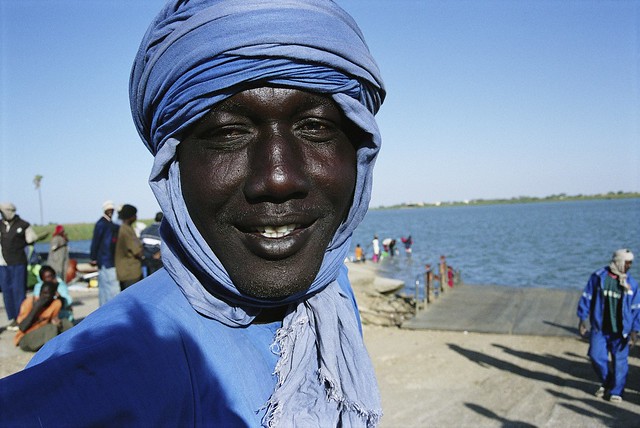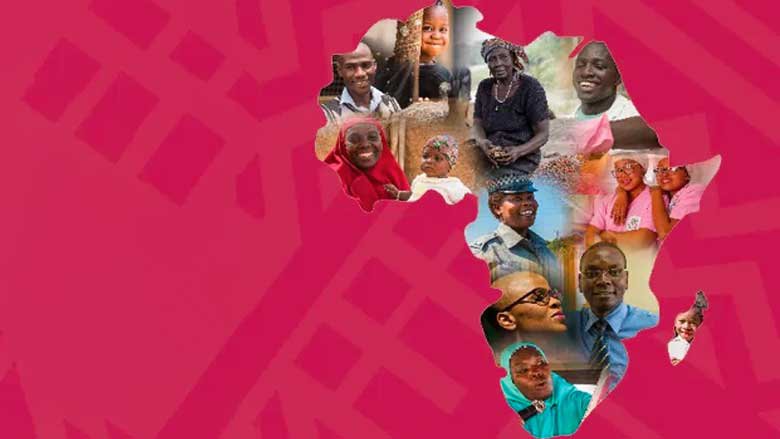Political Overview
The Government of Liberia has established the “Office of a War and Economic Crimes Court for Liberia” through an Executive Order on May 2, 2024. The Court will investigate atrocities committed during Liberia’s 14 years of civil war and will aim to hold responsible parties accountable for their crimes. On May 3, 2024, the Liberian Senate and House of Representatives endorsed a joint resolution in support of the mechanisms for the court’s establishment.
In line with a strong focus on accountability and good governance, the Government has also established an Assets Recovery and Property Retrieval Taskforce (AREPT) to pursue allegations of illegal acquisition of wealth and property while placing emphasis on transparency and accountability.
According to the Liberia Anti-Corruption Commission (LACC), only 26.5% of officials across the three branches of government have fully met asset declaration compliance requirements. As a result, President Joseph N. Boakai suspended over 300 public officials with salaries cut pending declaration of their assets.
The General Auditing Commission has been actively conducting financial audits, some of which have led to arrests and issuance of indictments. The Government has outlined its vision for Liberia’s development through the ARREST agenda – an acronym representing Agriculture, Roads, Rule of Law, Education, Sanitation, and Tourism. The Government wants to leverage these key sectors to reverse economic stagnation, emphasizing the need for comprehensive and interconnected development strategies.
Economic Overview
Liberia's economy expanded by 4.8% in 2024, driven by mining, services, and agricultural recovery. The industrial sector expanded by 6.0%, driven by iron ore, gold mining, and construction, while services grew by 4.2%, boosted by finance, hospitality, trade, and transport. Agricultural output rose by 3.5%, up from 1.4%, reflecting higher rubber production. On the demand side, growth was driven by private consumption and increased gold and iron ore exports.
Inflation eased in 2024 but resurfaced late in the year. Headline inflation eased to 8.4% in 2024, down from 10.1% in 2023, driven by the Central Bank of Liberia’s tight monetary policy, stable exchange rates, and lower food and fuel prices. The policy rate remained above inflation, holding at 20% for most of the year before dropping to 17% in the last quarter. The exchange rate depreciated by 8% on average, an improvement from 12% in 2023. Food inflation fell to 9.7% by December 2024, down from 26.9% a year earlier, while imported fuel saw disinflation of 10.4% from a previous inflation of 13%. However, inflationary pressures started building at the end of 2024 and inflation reached 13.1% in February 2025, driven by rising costs in food, healthcare, and the restaurant sector.
Persistent economic challenges—slow growth, high inflation, limited job opportunities, and inadequate social protection—have significantly increased poverty. By 2022, the extreme poverty rate had climbed to 40.9%, up from 24.8% in 2019. However, more favorable economic conditions and easing inflation have helped reverse this trend, with poverty declining to 26.4% in 2024. These estimates, based on the international poverty line of $2.15 per person per day (2017 PPP), use a new methodology that integrates both economic growth and inflation.
Fiscal conditions improved during 2024. The overall fiscal deficit shrank to 2.7% of GDP from 7.1% a year earlier, while the primary deficit declined to 1.5% from 6.1%. This improvement was largely due to a 4% GDP reduction in public spending on goods and services and a modest 0.8% GDP increase in domestic revenue. Public debt stood at 57% of GDP in 2024, slightly lower than 58.8% in 2023.
The current account deficit is substantial but fully financed. Liberia's current account deficit (CAD) remained high at 22.1% of GDP in 2024, though lower than 26.4% in 2023, reflecting a persistent gap between savings and investment. The trade deficit narrowed to 13.7% of GDP, down from 19% in 2023, thanks to a 4 percentage points increase in exports driven by gold and iron ore exports. The CAD is financed by capital and financial account inflows equivalent to 21.6% of GDP, comprising 10% from foreign direct investment, 8.7% from multilateral and private financing, and 3% from capital account inflows..
Last Updated: Apr 01, 2025








